Smartwatch security threats: The sky isn’t really falling
Wearables are too young to pose a real threat to data security, says Davey Winder
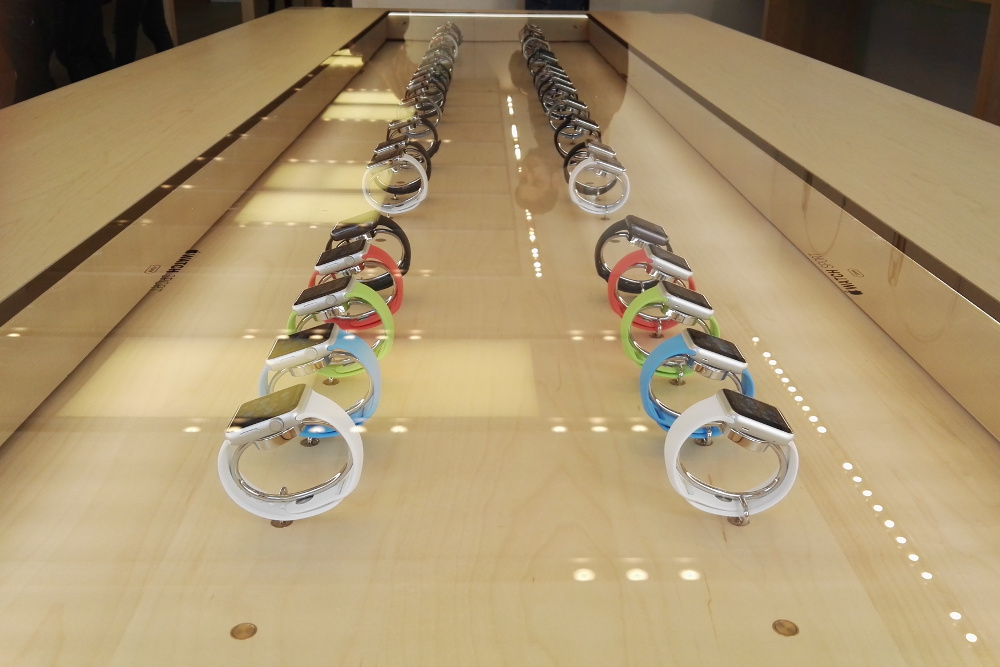

Security firms Kaspersky and Wisekey are worried about the amount of unprotected data shared between smartphones and wearables. Which leads me to ask, just how insecure is your smartwatch?
I'm not going to dismiss these security vendors concerns off the bat, but I will throw a quick MRDA (Mandy Rice-Davies Applies) into the conversation. After all, this is the same industry that seems to think that anti-virus products on the desktop are still somehow valid.
Let's agree that if wearables become a conduit for mobile payments, and smartwatch technology will allow that across most platforms soon enough, then obviously there's the potential for cyber-theft.
Well, maybe.
Most of the emphasis has to be on the word 'potential', which is very different to the word likely'.
Not that there aren't questions to ask when we think seriously about the smartwatch sector (something that's hard to do when they all look like Christmas cracker toys).
Those questions will grow in stature if more people start wearing the things. Questions such as, can they be hacked, is there the potential for malware or man-in-the-middle attacks, and what happens to your data if your watch gets stolen or is lost?
Get the ITPro daily newsletter
Sign up today and you will receive a free copy of our Future Focus 2025 report - the leading guidance on AI, cybersecurity and other IT challenges as per 700+ senior executives
Sound familiar? They should do - we asked the same ones when our phones started getting clever. For the most part, we've answered them too.
And that's the thing, wearables are paired with those smartphones for which we have mostly sorted the data security now. Which leaves us to ask, are smartwatches even a threat at all?
Well, they are not just dumb terminals. They display notifications from your smartphone, and notifications contain valuable data, lots of it.
A smartwatch is a conduit to more data, in your pocket and beyond, and that will eventually make them attractive to the bad guys.
When Trend Micro tested smartwatches for hardware protection, data connections and local data storage, it found all of them had weaknesses that could be exploited. All of them saved notification and calendar data locally, making it possible for hackers to get it without the smartphone being required.
When HP Fortify studied smartwatches for security, it also found them lacking, particularly when it came to user authentication and poor encryption of data in transit. Most were vulnerable to attacks enabling man-in-the-middle threats or using outdated, and therefore vulnerable, protocols such as SSL 2.0.
Not that bad guys are targeting smartwatches just yet, as far as we can tell. The attack surface is, quite literally, way too small. Not enough users, not enough data, not enough resources to install malware, not enough anything.
A lot of alleged smartwatch insecurities that the media trumpet are hard to imagine outside of a lab environment. Take a look at MoLe: Motion Leaks through Smartwatch Sensors if you want a shining example.
But as the tech on your wrist gets more powerful, and the apps more complex, threats will grow and emerge. Until that is the case, there's not really much that is likely to be done in terms of cyber-badness.
The whole wearables security sector right now reminds me a lot of Chicken Little. The sky isn't falling, and getting too squawky about smartwatches right now just serves to distract from the real problem: securing your data in the cloud and on your smartphone.
Davey is a three-decade veteran technology journalist specialising in cybersecurity and privacy matters and has been a Contributing Editor at PC Pro magazine since the first issue was published in 1994. He's also a Senior Contributor at Forbes, and co-founder of the Forbes Straight Talking Cyber video project that won the ‘Most Educational Content’ category at the 2021 European Cybersecurity Blogger Awards.
Davey has also picked up many other awards over the years, including the Security Serious ‘Cyber Writer of the Year’ title in 2020. As well as being the only three-time winner of the BT Security Journalist of the Year award (2006, 2008, 2010) Davey was also named BT Technology Journalist of the Year in 1996 for a forward-looking feature in PC Pro Magazine called ‘Threats to the Internet.’ In 2011 he was honoured with the Enigma Award for a lifetime contribution to IT security journalism which, thankfully, didn’t end his ongoing contributions - or his life for that matter.
You can follow Davey on Twitter @happygeek, or email him at davey@happygeek.com.
-
 Asus ZenScreen Fold OLED MQ17QH review
Asus ZenScreen Fold OLED MQ17QH reviewReviews A stunning foldable 17.3in OLED display – but it's too expensive to be anything more than a thrilling tech demo
By Sasha Muller
-
 How the UK MoJ achieved secure networks for prisons and offices with Palo Alto Networks
How the UK MoJ achieved secure networks for prisons and offices with Palo Alto NetworksCase study Adopting zero trust is a necessity when your own users are trying to launch cyber attacks
By Rory Bathgate
-
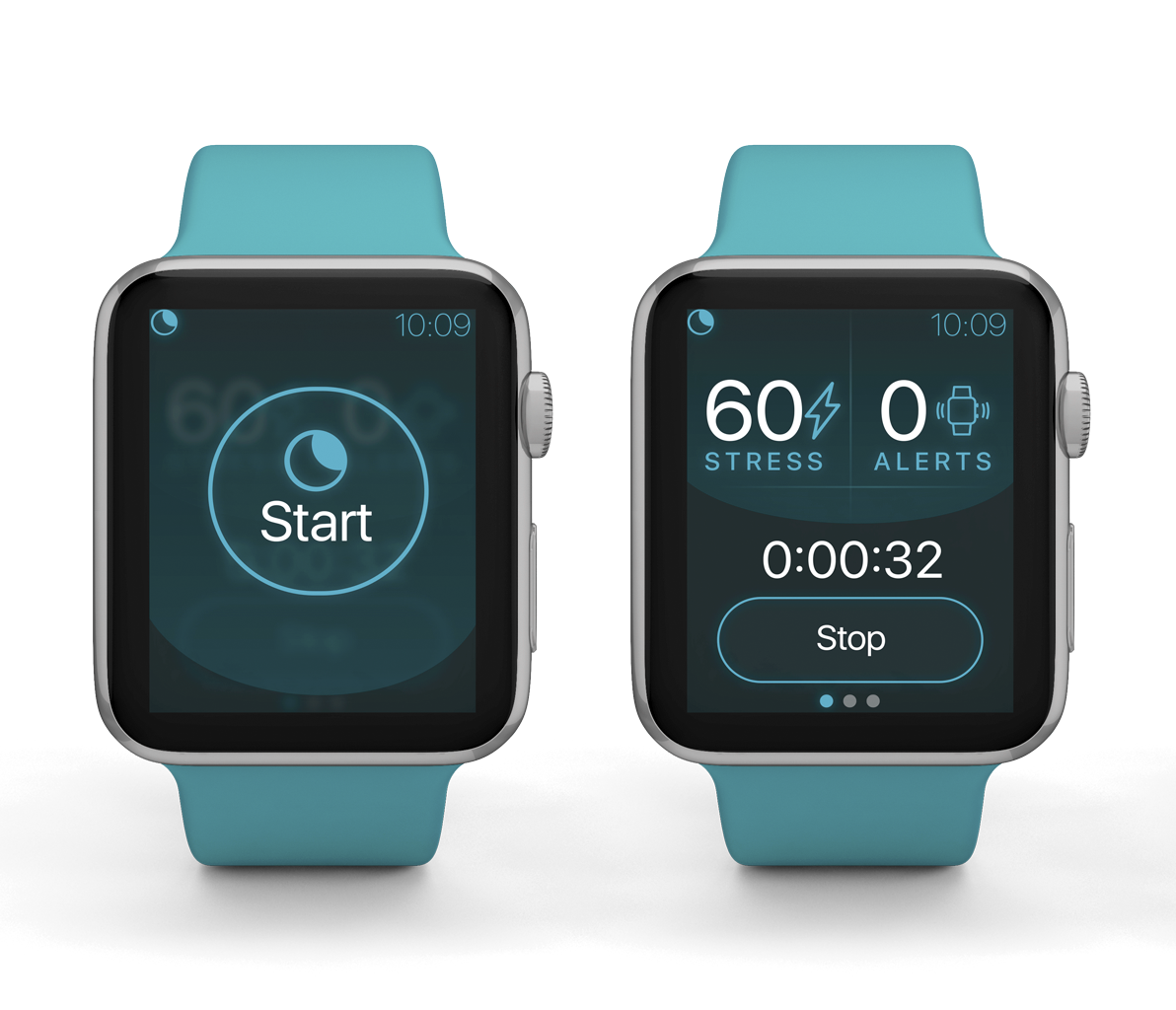 FDA approves Apple Watch app that helps people with PTSD sleep better
FDA approves Apple Watch app that helps people with PTSD sleep betterNews The FDA designated NightWare a Breakthrough Device, expediting its development and review
By Tyler Omoth
-
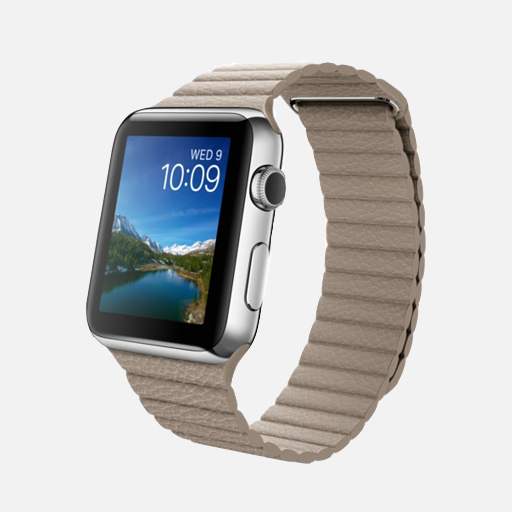 Apple appoints Jeff Williams as COO
Apple appoints Jeff Williams as COONews Phil Schiller’s responsibilities expand to include management of App Store across platforms
By Clare Hopping
-
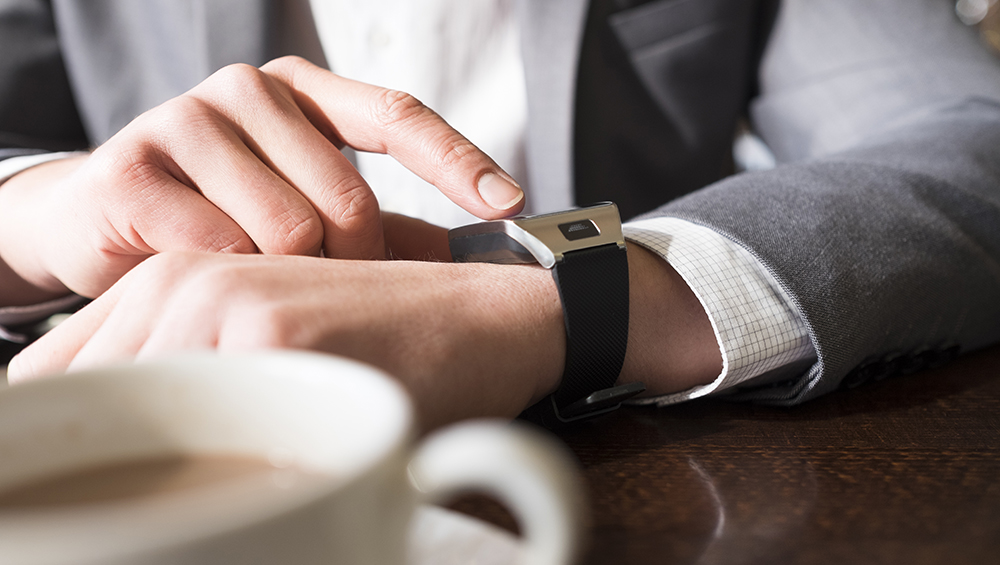 Chinese vendors storm worldwide wearables market
Chinese vendors storm worldwide wearables marketNews However, Fitbit and Apple lead the charge with its wrist-mounted devices
By Clare Hopping
-
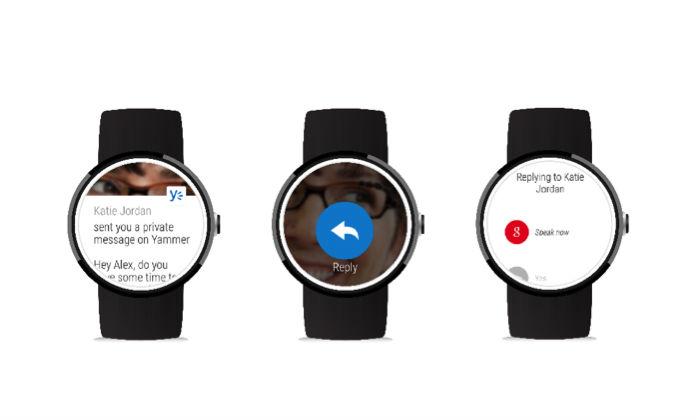 Google confirms Android Wear app for iOS
Google confirms Android Wear app for iOSRumours Google has announced an Android Wear app for iOS, confirming previous rumours
By Caroline Preece
-
 Apple Watch takes on FitBit in wearables chart
Apple Watch takes on FitBit in wearables chartNews The company is second only to fitness band maker FitBit, according to latest IDC figures
By Clare Hopping
-
 Apple promotes Jony Ive to chief design officer
Apple promotes Jony Ive to chief design officerNews Here's what the iPhone, iPad and Apple Watch designer will do in his new role
By Caroline Preece
-
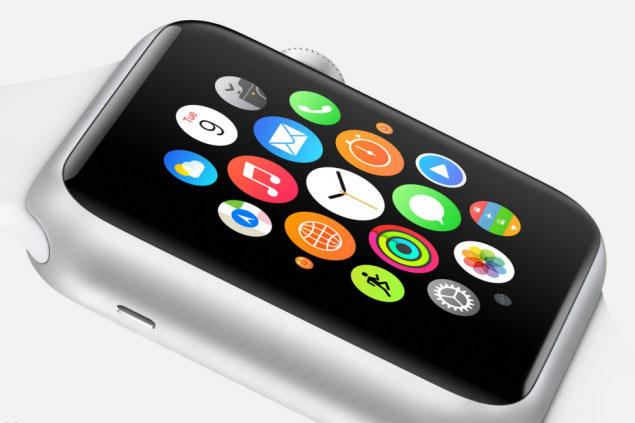 Apple Watch will be the birthplace of the killer app for business: Citrix CEO
Apple Watch will be the birthplace of the killer app for business: Citrix CEONews Simple developer platform will encourage greater experimentation, says Mark Templeton
By Jane McCallion
-
 The Apple Watch experience - a buyer's perspective
The Apple Watch experience - a buyer's perspectiveOpinion We tried out the Apple Watch, so you don't have to...
By Adam Shepherd